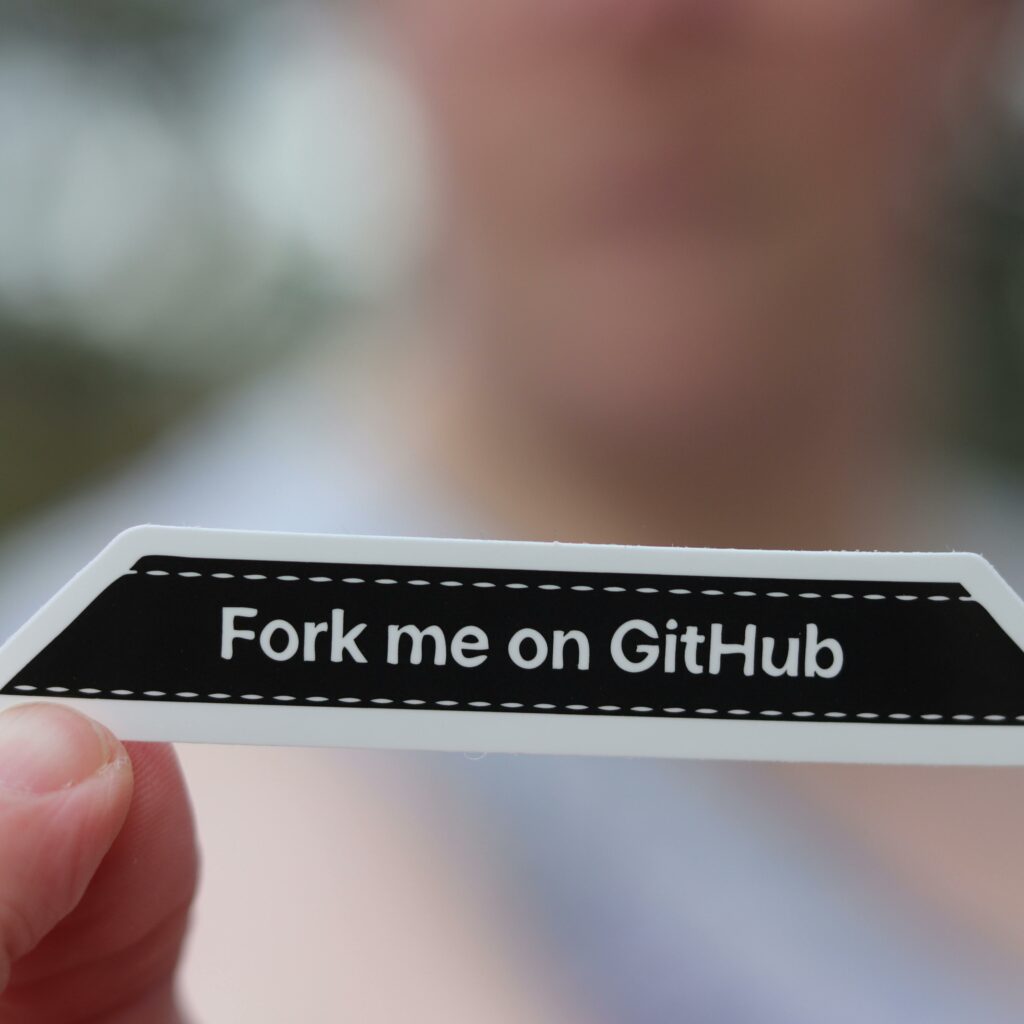🚀 Introduction: The AI Coding Revolution
AI coding tools are transforming how engineers work—and fast. Just a year ago, only 61% of engineering teams used AI in their workflows. Now? That number has skyrocketed to 90%!
A recent survey by Jellyfish, a platform that helps manage developer teams, polled 645 full-time engineers across various roles and company sizes. From solo developers to teams with over 500 engineers, the message was loud and clear: AI coding tools are here to stay.
📈 Why AI Coding Tools Are Booming
Out of everyone surveyed:
- 90% of engineering teams are using AI tools
- 32% have fully adopted them
- 39% are actively experimenting
- Only 3% have no usage plans
That’s not all—48% of engineers use two or more AI coding tools, proving teams aren’t relying on just one solution. They’re mixing, matching, and discovering what works best for their workflow.
This explosion in usage highlights how essential these tools have become in modern software development.
🔥 Most Popular AI Coding Tools in 2025
Let’s get into the juicy part: Which AI coding tools are developers using the most?
Here’s what the Jellyfish survey uncovered:
| Rank | Tool | Adoption Rate |
|---|---|---|
| 1️⃣ | GitHub Copilot | 42% |
| 2️⃣ | Gemini Code Assist | 2nd Place |
| 3️⃣ | Amazon Q (formerly CodeWhisperer) & Cursor | Tied |
These four dominate the space, offering reliable and intelligent assistance for code generation, debugging, documentation, and more.
And in case you’re wondering, general-purpose tools like ChatGPT were excluded from the survey. Why? Because the focus was on tools built specifically for software development. It’s not about generating poems—it’s about shipping quality code.
💪 Real Productivity Boosts from AI Coding Tools
The numbers speak for themselves:
- 62% of engineers say AI coding tools made them at least 25% more productive
- 8% say they’ve doubled their output
- Less than 1% feel AI slowed them down
Clearly, these aren’t just hype tools. They’re delivering tangible value every day—writing boilerplate code, generating test cases, spotting bugs, and more.
And here’s the kicker: engineers aren’t just handing work off to AI—they’re collaborating with it.
🤝 Human + AI = Supercharged Productivity
One survey respondent said it best:
“While AI can help creatives, AI itself is not creative.”
That’s the heart of it. AI is a tool—not a replacement. Great engineers aren’t afraid AI will take their jobs. They’re figuring out how to work with it to become even better.
Here’s another insight from the survey:
“If you have smart people using AI who understand the topic, magic happens. Otherwise, people just look productive while creating new problems.”
Translation? You still need real human expertise. AI coding tools don’t replace understanding—they amplify it.
🧠 The Future of AI in Engineering
So, what’s next?
According to 81% of the surveyed engineers, at least 25% of today’s engineering work will be automated by AI within 5 years. But we’re not heading toward full automation. Instead, we’re building hybrid systems where humans and machines co-create.
Imagine this: You’re building a new feature. AI handles repetitive logic, suggests secure practices, and drafts the initial implementation. You focus on strategy, architecture, and business value. Together, you’re faster, smarter, and more creative.
That’s the future—and we’re already living it.
🧩 Final Thoughts: The Future Is Hybrid
The rise of AI coding tools isn’t just about speed. It’s about changing how we think about coding.
- No more wasting hours on boilerplate
- No more rewriting test cases manually
- No more “just Google it” debugging
Tools like GitHub Copilot, Gemini, Amazon Q, and Cursor are supercharging developers and reshaping the way software gets built.
If you’re not already using at least one of these tools in your stack, now’s the time to explore them. Because the sooner you start collaborating with AI, the sooner you’ll unlock your real coding potential.
🔗 External Link
📊 Read the full Jellyfish Survey Report

